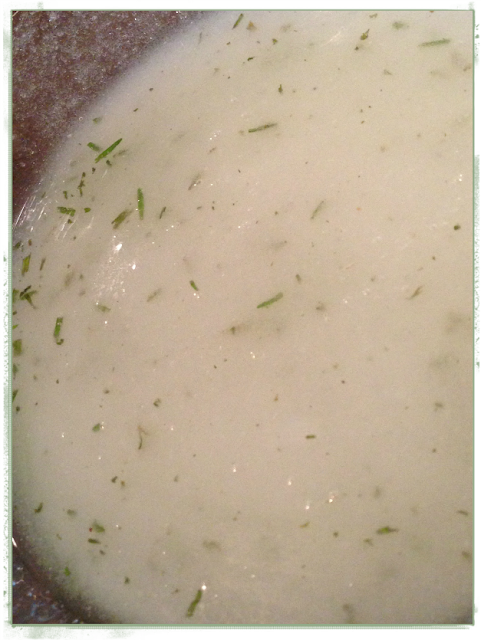Hello to everyone at
Inspiration Café! I love being a monthly contributor! My name is
Marci and I blog at Stone Cottage
Adventures. The north side of our front yard is a certified National
Wildlife Federation Backyard Habitat. Really! We have a certificate! You
can do the same by providing food, water, cover and places for wildlife to raise
their young. It is so much fun to see all of the critters that stop by for
a visit. I've begun a new series of posts to show you our Garden
Guests. If you are interested in attracting feathered friends to your
yard, here are some suggestions!
Birds appreciate supplemental food and fresh water, especially in fall and winter. You can stop feedings in summer, but a continuing supply of food will encourage birds to nest and raise young in your yard. It's also important to always have water available near your feeding stations, especially during the winter when other water sources are frozen solid.
Birds appreciate supplemental food and fresh water, especially in fall and winter. You can stop feedings in summer, but a continuing supply of food will encourage birds to nest and raise young in your yard. It's also important to always have water available near your feeding stations, especially during the winter when other water sources are frozen solid.
Chickadee
Considerations: different species feed at different levels; Place food near shrubs or trees so birds will have the security of an escape nearby; Since birds do not have teeth, they need grit in their gizzard to help grind down seeds. In the winter, it may be hard for them to find tiny pebbles and grit. Help by placing coarse sand or crushed egg shells near the bird feeder.
Considerations: different species feed at different levels; Place food near shrubs or trees so birds will have the security of an escape nearby; Since birds do not have teeth, they need grit in their gizzard to help grind down seeds. In the winter, it may be hard for them to find tiny pebbles and grit. Help by placing coarse sand or crushed egg shells near the bird feeder.
Safflower Seeds - a good choice if you want to invite cardinals to
the backyard without the messy freeloaders – few birds(or squirrels) like
safflower. Unlike sunflower seed, safflower seeds aren't attractive to bossy
birds such as grackles and blackbirds.
Black Oil Sunflower
Seeds - energy-packed seeds that are a favorite of a wide variety of bird
species. If you only have one feeder available, fill it with black oil sunflower
seeds.

Peanuts - keep
blue jays from intimidating smaller birds by serving peanuts in a separate
feeder. The jays will focus on that feeder and be less aggressive overall. Buy
shelled peanuts if you want less mess in your yard
Nyjer (thistle) Seed
- enjoyed by finches and other species that include juncos, spar-rows,
chickadees, and even woodpeckers... use tube feeders with perches at several
levels.
Suet - like
catnip to wood-peckers and nuthatches. ... buy packaged suet cakes, often
infused with seeds and fruits, or purchase raw suet from a local butcher. The
birds aren't particular.
Cracked Corn -
the fast food of bird feeding - high in calories and inexpensive ...may have
problems with undesirable guests.
Mixed Birdseed -
quality counts when choosing a wild birdseed mix... look for a high percentage
of sun-flower seeds and peanuts. Don't buy cheap mixes that contain milo, wheat,
red millet, or grain by-product.
(While the photos in
this article are mine, the content is from Benton County Master Gardeners'
October Newsletter, used with permission. If you are curious about my
habitat garden and more of the critters that visit, please view my
Gardening
Page!)
;-)
-Marci











.JPG)
.JPG)
c.jpg)
.JPG)






.jpg)



















